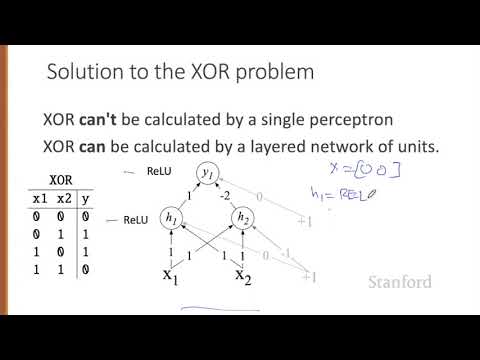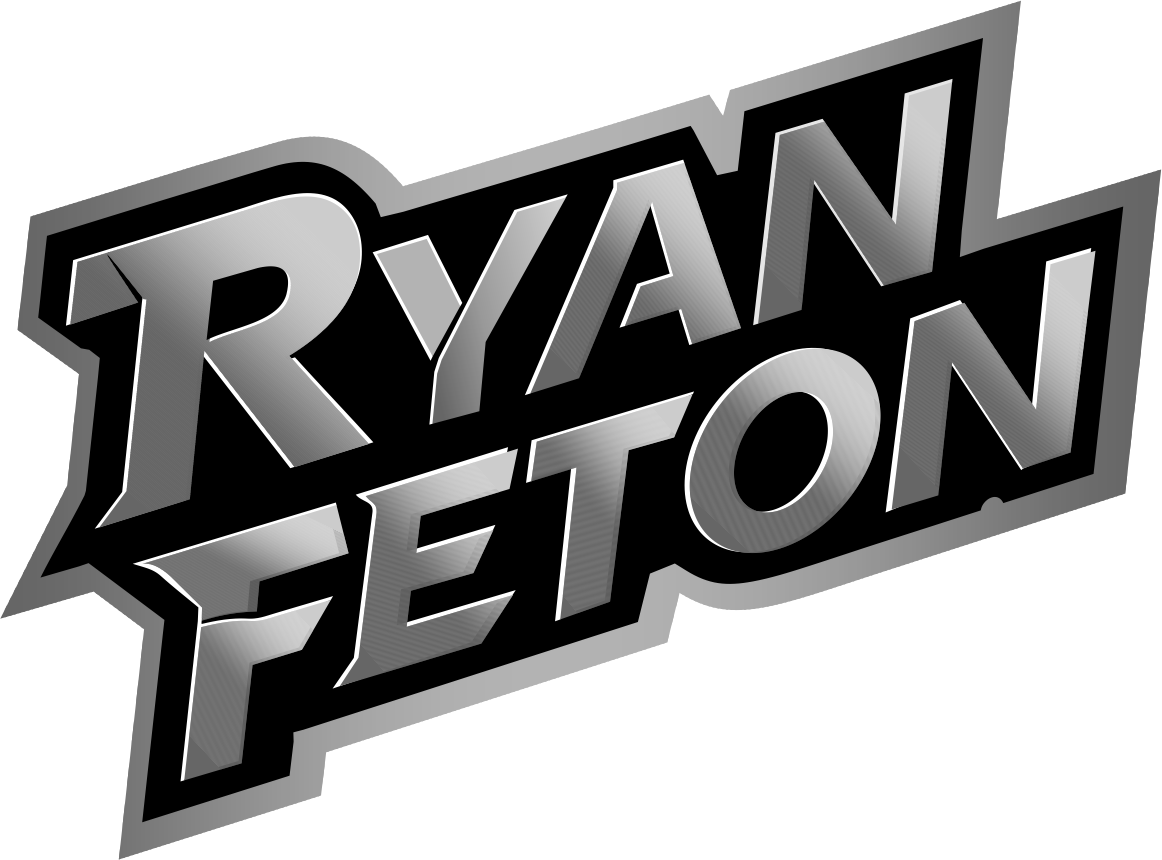Forex Trading
torizon-experimental-torizon-ide-v2-docs GITLAB-CI md at main toradex torizon-experimental-torizon-ide-v2-docs
Contents:


Easily integrate third-party tools and services you need on GitHub. GitHub Action for creating Cloudflare Pages deployments, using the new Direct Upload feature and Wrangler integration. This repository is for the GitHub Action to run a Super-Linter.
Adding Test Coverage Badge on GitHub Without Using Third-party … – hackernoon.com
Adding Test Coverage Badge on GitHub Without Using Third-party ….
Posted: Mon, 08 Aug 2022 07:00:00 GMT [source]
For build artefacts, you have to roll your own cache (via AWS, Azure, etc. …), which can be a lot of work. You’ve got basically the whole API at your fingertips as inputs and outputs. IMO, since Github Actions run on Docker containers, I don’t think that they are much tied to the Github ecosystem, except for the workflow file.
gitlab ci cd vs github actions CI/CD and GitHub Actions provide a method in the configuration file to manually cache workflow files. GitLab CI/CD uses rules to determine if a job will run for a specific condition. GitHub Actions uses the if keyword to prevent a job from running unless a condition is met. Both GitHub Actions and GitLab Ci are build-in tools. After configuring the variables needed, your GitLab repository is ready to run the GitLab CI pipeline.
This file defines the order of stages of the pipeline and the commands to run for each stage. Choosing a Continuous Integration / Deployment tool to build, test, and deploy your code can be hard due to the wide number of options available. In this article, I describe the main characteristics of three of the most known services.
GitHub Actions syntax for caching
Track application and infrastructure performance with dynamic logging and extensive APIs. Centralize security with your cloud provider of choice. MacOS, Linux, and Windows, with x86 and ARM available for self-hosted runners. Simultaneously test on Linux, Windows, and macOS with support for any development framework or language. Secure multi-container applications with powerful automated testing. Support for all major platforms, languages, and development frameworks.

Collectives™ on Stack Overflow– Centralized & trusted content around the technologies you use the most.
Sign up to get full access to all the companiesMake informed product decisions
Shift left with automated security testing that flag supply chain risks. Keep containers and packages in a centralized and private registry. Automate deploying websites and more with this GitHub action.
There is a default section with the default pipeline and a branches section to specify different steps for custom branches. In CircleCI, you can add continuous testing into a pipeline as a series of steps within a job. Alternatively, as with Sauce Labs, you can use an orb from the CircleCI library that will handle most of the heavy lifting, and the test suite can be run in a single step. The sample YAML below imports the orb and then runs it within the job as a single step by passing it in the directory in which the application is stored.

A publication for sharing projects, ideas, codes, and new theories. All of this is an intentional design though which is why I mentioned at the beginning of this blog post that Github probably has a different target user. They’re aiming for open source developers and users who want to import open source job definitions. I always make sure to print the version of shell scripts being run in the job in case there’s any doubt as to what was or is running in a job.
Using containerized services
Deploying with GitHub Actions Learn how to control deployments with features like environments and concurrency. Merge the feature branch into the default branch.GitLab CI/CD deploys your changes automatically to a production environment. GitLab CI/CD is the part of GitLab that you use for all of the continuous methods . With GitLab CI/CD, you can test, build, and publish your software with no third-party application or integration needed.
If you work in the space of open source tech companies, Github will be your weapon of choice. For example, I’ve hosted a helm chart repository and Github was a great choice for that (there’s a Github action for automatically hosting helm chart versions using Github pages). I prefer Gitlab pipelines over Github workflows, but to be fair, Gitlab has been doing it longerThe concept of having your automated jobs in a UI right next to your git repos is great. Most alternatives were external 3rd party CI/CD solutions like Jenkins that would poll your git repo. Based on the syntax, interface, features, extensibility, and price GitHub Actions is the clear winner. It is not a coincidence that GitHub has the highest number of users and open source projects compared to other platforms.
Enter a Token description and update the scope to allowrepo so that GitLab can access your project and update commit statuses. Personal access tokens can only be used to connect GitHub.com repositories to GitLab, and the GitHub user must have the owner role. Watch a video on Using GitLab CI/CD pipelines with GitHub repositories. GitLab CI/CD can be used with GitHub.com and GitHub Enterprise by creating a CI/CD project to connect your GitHub repository to GitLab. For more information, see “Storing workflow data as artifacts.”
Our code lives on GitHub, artifacts in nexus, images in ECR. The individual actions in a workflow are isolated by default. You can use a completely different computing environment for, say, compilation and testing. Travis CI (and I think other “traditional” CI) would run all “stages” (~ actions) in the same computing environment. Again, GitHub actions are much easier to reason about and debug.
- Learn how GitHub’s one, integrated platform–powered by AI and secure at every step—helps developer teams be more productive, collaborative, and efficient.
- Both GitHub and GitLab are based around the overarching Git distributed control system, but they do have different development approaches.
- If GitHub’s CI offering is a viable option I would switch in a heartbeat since GitLab’s UI is pretty unintuitive at times.
Open source maintainers and security researchers embrace a new best practice to report and fix vulnerabilities. Many of us are aware of the benefits that a strong focus on automation can bring, particularly in our development workflow and DevOps lifecycle. But silos across businesses can lead to duplication of effort, and potential to lose out on best practices. In this post, we’ll explore how CI/CD can be shared across your entire organization alongside policies, for a well-governed experience with GitHub Actions. Explore how migrating your source code and collaboration history to GitHub can lead to some surprising benefits. I’m going to walk you through exactly how to build your own CI/CD pipeline, right from your repository on GitHub.
Configuration
Finally, when test_ab completes, the deploy_ab job will run. IT pros can use the GitHub and Azure DevOps marketplaces to extend a pipeline’s functionality. There are numerous third-party integrations that offer a range of services — such as security, monitoring and alerting — that admins can build into a CI/CD pipeline.
I’m positive on the benefits of CI tools like Jenkins for automatic building or testing, which GitHub Actions is aimed to be used for in the future. Edit this pageto fix an error or add an improvement in a merge request. GitHub Actions – simple CI; GitLab CI/CD – configurable and powerful open-source CI/CD with integrations with different software and unique features. In GitLab CI/CD, a container for the job is specified with the image key, while GitHub Actions uses the container key. In both systems, additional service containers are specified with the services key. Both GitLab CI/CD and GitHub Actions allow you to set dependencies for a job.

You can either use an existing project code base, fork a project you like on GitHub, or start from scratch. Our example features a website built on Astro and deployed via GitHub Pages. Not all the services support the same build environments. Usually, you’ll have enough with a Linux environment but sometimes you’ll need other environments like Windows or macOS to be able to build iOS apps. The workflows start with two jobs named build_a and build_b running in parallel, and when those jobs complete, another job called test_ab will run.
Gitlab
You can also use commands to interact with GitHub or GitLab from your terminal, such as cloning, pushing, or pulling repositories. By learning and using these shortcuts and commands, you can boost your efficiency and accuracy. Each cloud-based CI/CD tool is evaluated based on the core features vital to teams that are planning, building, testing and deploying pipelines. InGitLab’sworkflow, you create multiple yet separate stable branches beyond that of the master branch for each set of changes you make. At a minimum, you’ll have production and pre-production stable branches. The multiple branch approach does require a multiple-step testing process.
Dynamic Security Testing Using Acunetix and GuardRails – Open Source For You
Dynamic Security Testing Using Acunetix and GuardRails.
Posted: Wed, 12 Apr 2023 10:00:29 GMT [source]
Again, as with the other CI tools, a single command is run in the workflow with some parameters included in a configuration file . GitLab CI/CD extends the GitLab platform to allow developers to run continuous integration and delivery pipelines against their code repositories. Much like GitHub, GitLab offers a full suite of functionality that developers can leverage throughout their development cycles.
We have assembled this guide to make it faster and easier for you to evaluate these https://traderoom.info/. With many VMware ESXi servers reaching end of life, users must decide to extend existing support agreements, upgrade to version 7… Sustainability in product design is becoming important to organizations. In the age of sustainability in the data center, don’t … Continuous Delivery checks the code automatically, but it requires human intervention to manually and strategically trigger the deployment of the changes.
A Brief DevOps History: The Road to CI/CD – The New Stack
A Brief DevOps History: The Road to CI/CD.
Posted: Mon, 30 Jan 2023 08:00:00 GMT [source]
A newsletter for developers covering techniques, technical guides, and the latest product innovations coming from GitHub. GitHub Sponsors is now generally available for organizations. Also, new tooling for bulk sponsorships and an update on how we’re ensuring sustainability for GitHub Sponsors. But if something goes wrong, these live logs can be very helpful to reference. Whether you’re looking at timestamps or which part of the process failed, you can determine how to fix the problem. Okay, maybe this isn’t the most fun part, but knowing how to use both of these tools… you’ll thank me later.
Leveraging continuous testing is a key part of this initiative. CircleCI aims to provide a best-in-class continuous integration and continuous delivery (CI/CD) platform for use by development teams. It has already proven itself, and you can find case studies about how it has performed for customers ranging in size from startups to multinational companies . To support using self-hosted runners in your workflows, we’ve expanded the experience of using the runs-on key. Reproducing the build environment for container-based Travis is possible, but more difficult.
- Okay, maybe this isn’t the most fun part, but knowing how to use both of these tools… you’ll thank me later.
- I just want to say again, both Github and Gitlab are great solutions but for two very different target users.
- GitLab CI/CD is the part of GitLab that you use for all of the continuous methods .
- I’m going to keep harping on how difficult running a job with separate containers or shells for each step is for a bit.
- A CI pipeline runs when code changes and should make sure all of your changes work with the rest of the code when it’s integrated.
There are plenty of guided options with pre-built CI workflows you can leverage, per your technology requirements. But you can also build your own CI workflow from scratch if you want to. It was developed by Chris Wanstrath, P. J. Hyett, Tom Preston-Werner, and Scott Chacon using Ruby on Rails in February 2008. Because of its first-mover advantage, GitHub became the home base of many open-source code repositories.
